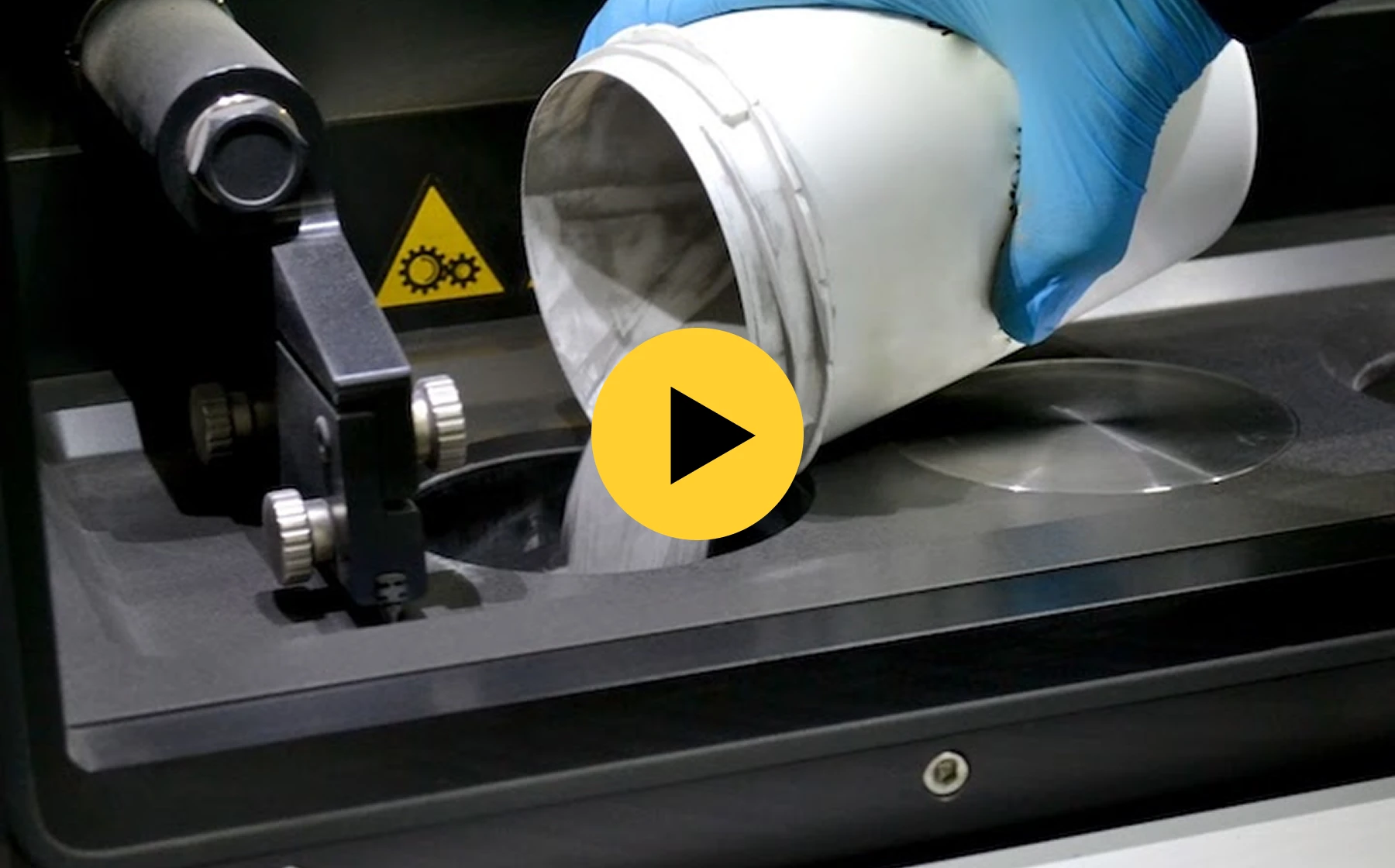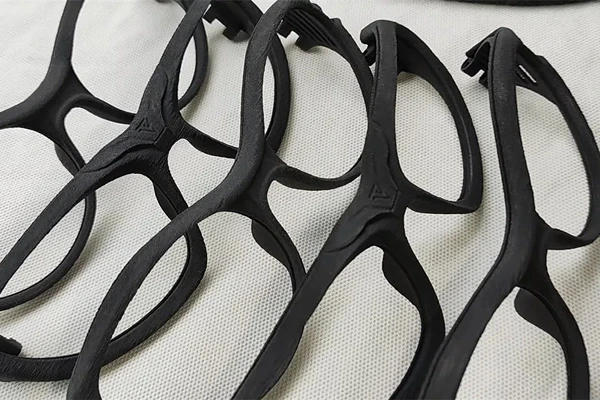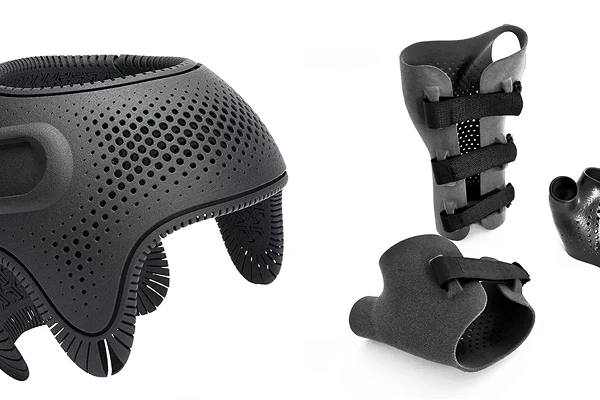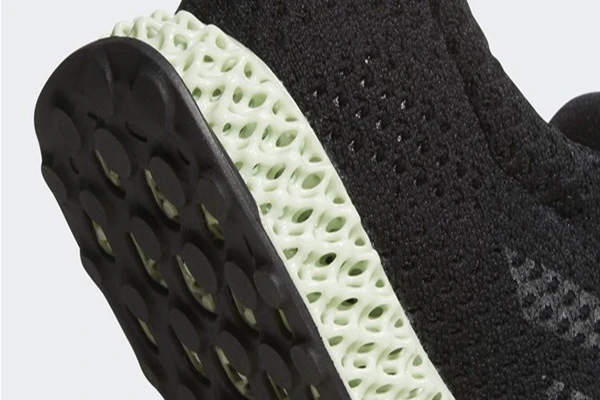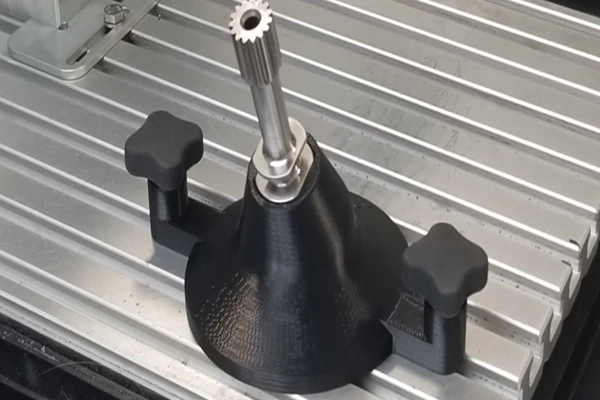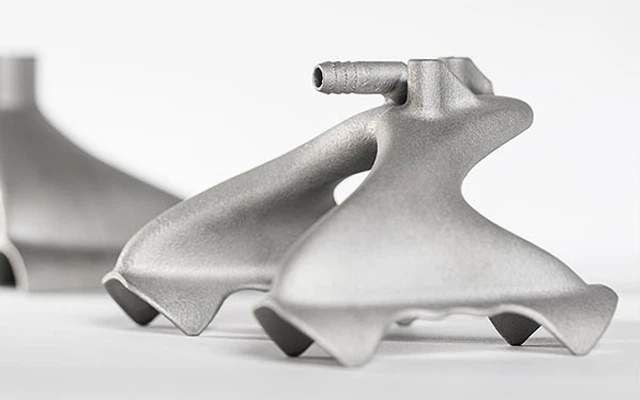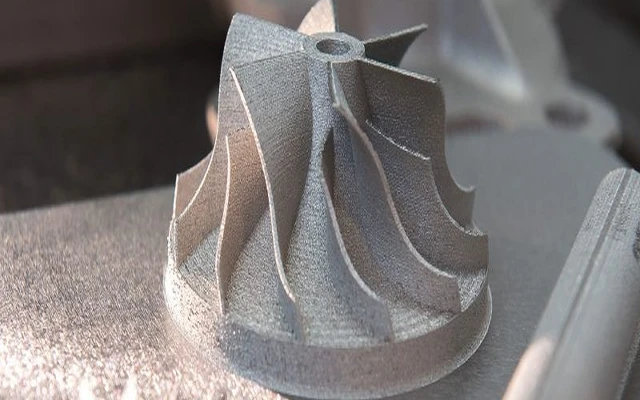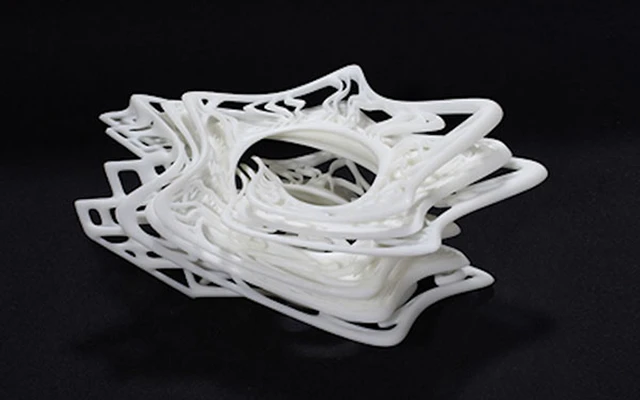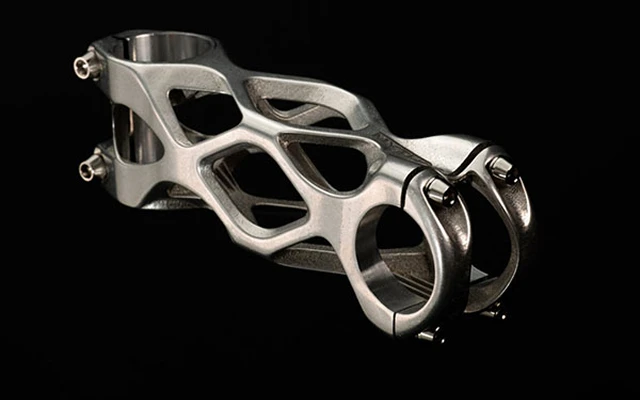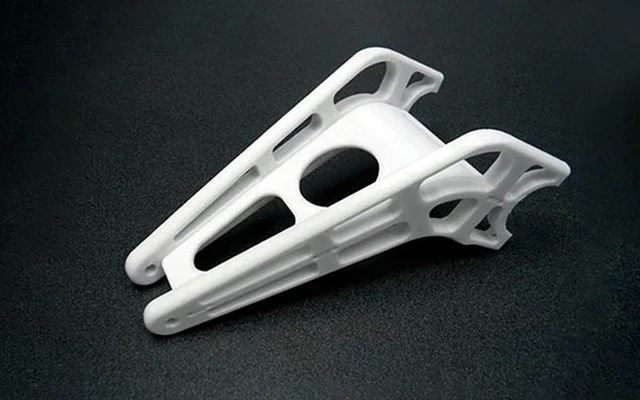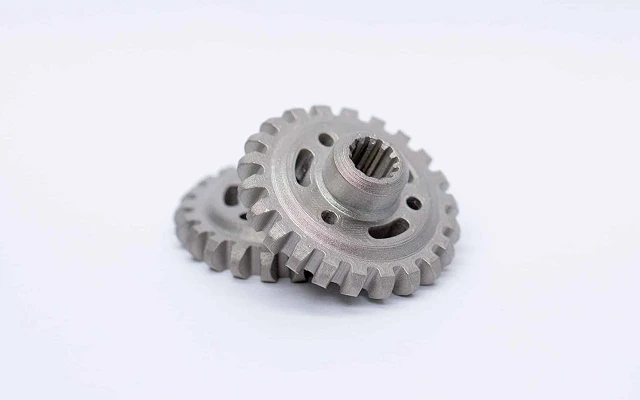Advanced Equipment
We are equipped with high-precision, multi-model SLS printers, capable of meeting production needs for parts of different sizes and complexities. We strive for high-quality manufacturing for customers from design to finished products.
Extensive Materials
We provide a variety of engineering-grade materials (nylon, reinforced composite, Flexible TPU etc.) to meet the production requirements of different properties. We strive to complete high-performance parts for our customers.
Rigorous Quality Control
Our strict quality control spans modeling, printing, post-processing, and other stages to ensure every product meets production requirements. We strive to provide our customers with high-quality, precise and durable parts.
Expert Technical Consulting
We have an experienced team that can provide professional advice, Whether it’s technical difficulties in the manufacturing process, confusion in material selection, or other related issues, we are committed to providing effective solutions.

